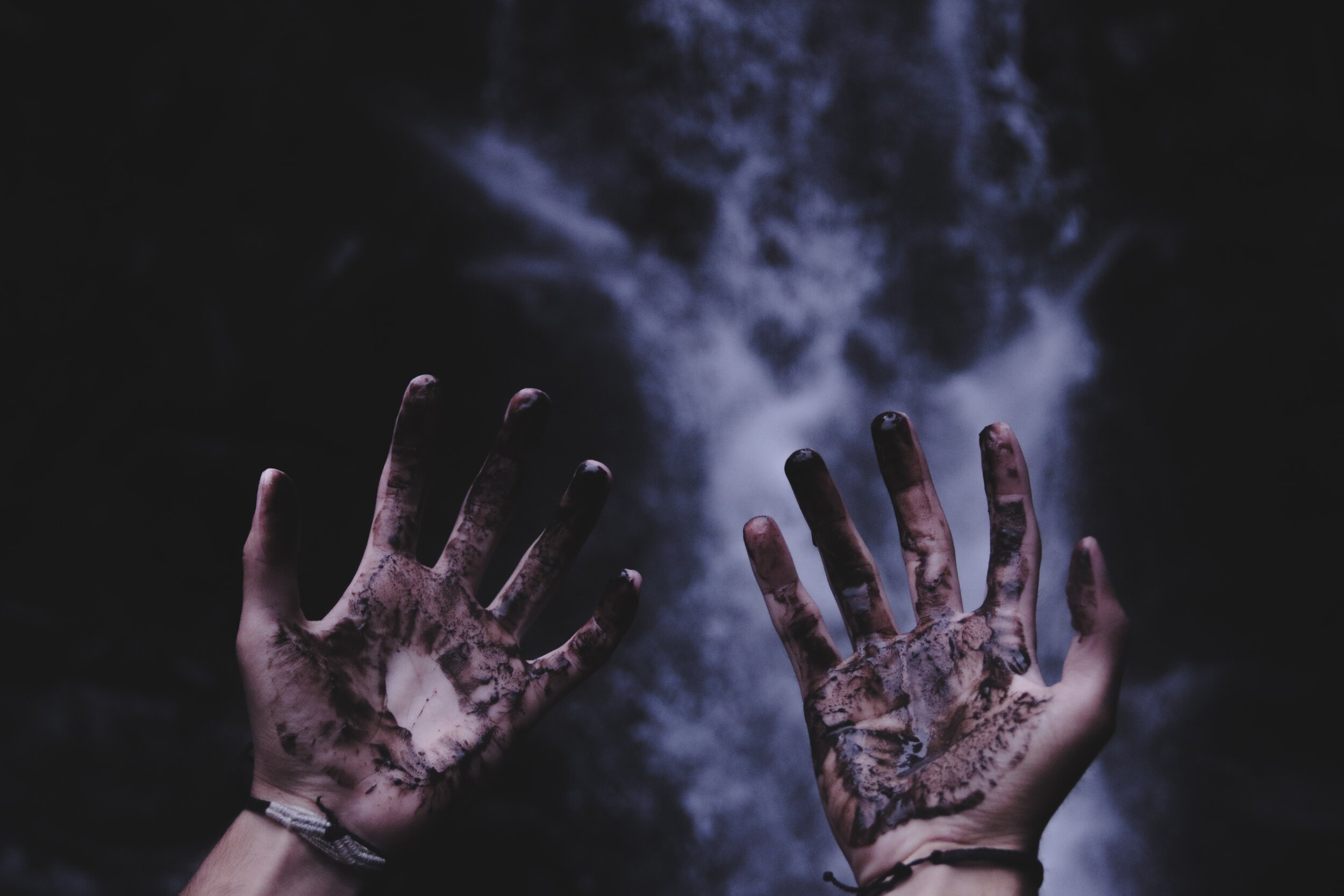Queer Mythological Icons
/History is gayer than you think.
And mythology is even gayer than that.
Especially when it comes to shamanistic mythologies. Exploring ancient mythology will open a world of gender-bending, same-sex attraction and a level of queerness even a gay pride parade can’t rival.
Dragons Love Old Men
Before the influence of Taoism and Confucianism, there was ancient Chinese shamanism. The mythology depicts a slew of spirits changing from one gender to the next based on the sexual preference of the mortal they were trying to seduce. The main characters involved in this hobby were animal spirits. A male deer spirit would transform into a supple female human in order to seduce a young straight man. Most animal spirits would pursue younger targets, male or female. The exception to this was the dragons who exclusively pursued dominant older male partners.
How Same-Sex Attraction Saved the World
Japanese mythology depicts the story of Amaterasu the goddess of the sun. After a fight with her brother, Amateseru fled to the safety of a dark cave. She took the light of day with her so people were justifiably concerned. The only logical way to save humanity and draw the goddess out of her closet-like cave was to enlist the help of the goddess of dance and humour, Ame No Uzume.
Ame No Uzume went to the mouth of the cave and began to dance. As she danced, she removed her clothes. An entranced Amaterasu slowly walked towards the gyrating goddess and left the cave. While the sun watched the dancing, the townspeople shut the mouth of the cave behind her, and thus sexy dancing saved the world.
It would be interesting to know whether this was plan A or plan B. Maybe they went through a troupe of male strippers before they realized the female goddess was the right bait.
Adam and Steve
In Inuit shamanistic mythology, the first two humans, Aakulujjuusi and Uumarnituq, were both male. I do not know why mythology is obsessed with only two humans starting the human race, but it pops up everywhere, again and again. The two men fell in love and began a sexual relationship. Disproving most sex-ed curriculums, one of the men became pregnant. While no one questioned his ability to get pregnant, the spirits were concerned about his ability to give birth.
The spirits cast a spell on the pregnant man to give him a vagina, not a uterus though because apparently, he already had one of those. And so, the man (most likely with great relief) gave birth to his baby and became the father of humanity.
One of the Best Things You’ll Read Today
Everything else you’ve read so far has been nothing more than an appetizer for the main course of queer mythology that is Louisiana Voodoo.
Imagine a whole group of male spirits whose only job is to smoke cigars, drink rum and dress in women’s clothing. It’s not their only job, but it is a big part of the mythology. Some notable characters include Ghede Nibo, who was at times described as a drag queen and other times as a trans lesbian. He was the protector of people who die young, and he looked fabulous while doing it.
Baron Lundy and Baron Limba are the gay uncles we all wish we had. After falling in love, they decided to open a school dedicated to homoerotic wrestling. The mythology states that engaging in this kind of wrestling was good for the magical abilities.
That Time When Christianity Ruined Everything
I considered, for a moment, not including this part. I almost attempted to keep things fun and celebratory. How fitting, then, that I become a wet blanket by discussing the wettest of blankets: Christianity.
Pre-Christian shamanic mythologies celebrated multiple gender identities/expressions and had deities loving everyone, however they chose. Then, like the angry uncle no one invited to dinner, Christianity showed up and ruined everyone’s fun.
As Christianity spread throughout the world, so did rigid ideas of morality, thanks to the imperialistic lust of England and other European colonialists. Gone were the days that the gods were all androgynous, polyamorous and interesting.
Early Christianity started out by condemning anything but procreative sex. The general attitude towards all sexual acts at the time was that everything was gross and bad, but we still need babies.
The Catholic Church made sure to have strict anti-sodomy laws in place throughout Europe during the Medieval period. Europe used to include England, so when the English set sail for foreign lands, they brought their terrible European laws with them.
By no means do I think religion is inherently bad, but I do believe that the rise of Christianity and its doctrine of religious conversion negatively affected the worldview on homosexuality and gender identity. And when it comes to mythology, I would rather live in a world where we believe that our gods, as well as ourselves, are free to express gender and love however we so choose.
Make mythology gay again.
Molly Desson
Molly Desson is a Professional Writing student at Algonquin College. When she’s not busy with coursework, she’s either talking to or about her dog. Some of her non-dog interests include the ancient world, crafts, and being outside.



















